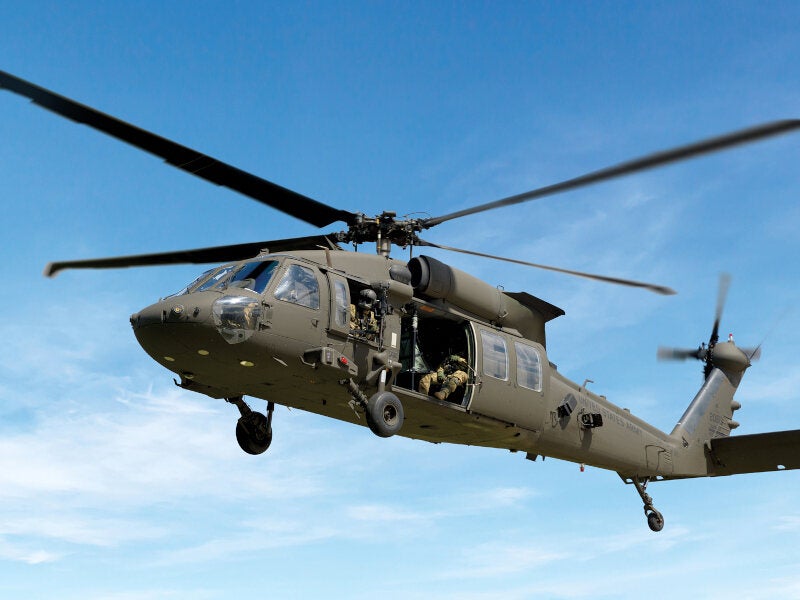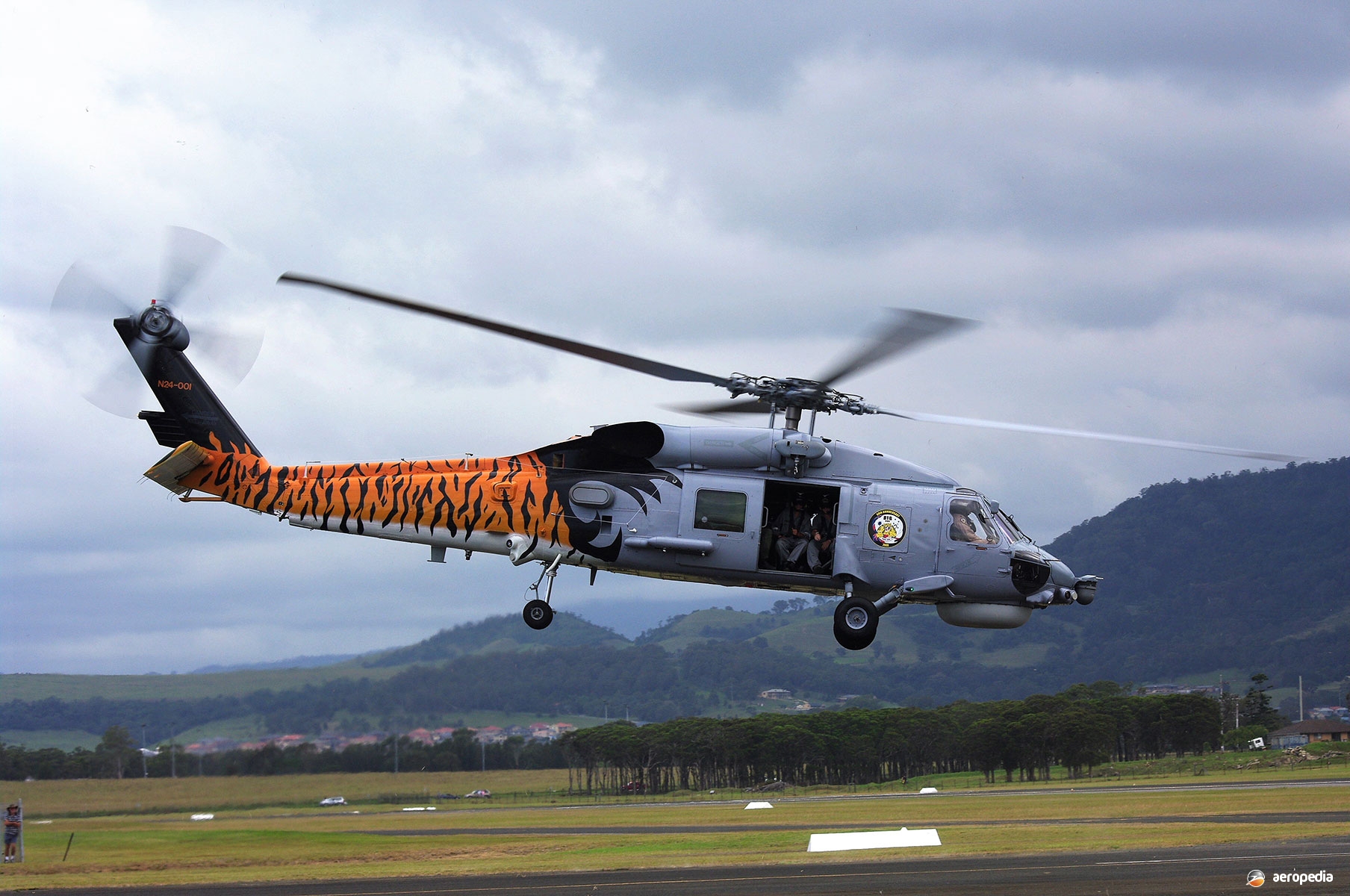High-Performance Multi-Role Rotorcraft Featuring Advanced Cockpit Technologies and Integrated Sensor Solutions
The realm of rotorcraft technology has actually seen notable advancements in recent times, specifically in the realm of high-performance multi-role rotorcraft geared up with innovative cabin technologies and effortlessly integrated sensing unit systems. These innovations have not just increased the operational abilities of rotorcraft however have also dramatically influenced modern-day aeronautics procedures on various fronts. From improved objective convenience to boosted functional performance, the merging of sophisticated cockpit modern technologies and incorporated sensing unit systems has actually ushered in a brand-new age of possibilities for rotorcraft applications. In the complying with conversation, we will certainly discover the advancement of rotorcraft modern technology, explore the realm of advanced cockpit developments, and take a look at the effects of integrated sensing unit systems on the functional flexibility and effectiveness of contemporary rotorcraft.
Evolution of Rotorcraft Modern Technology
The advancement of rotorcraft technology has actually been marked by considerable developments in the rules of aerodynamics, products, and propulsion systems, forming the capacities and performance of modern-day rotorcraft. In addition, advancements in propulsion systems, including a lot more powerful engines and ingenious propulsion technologies, have enabled rotorcraft to attain greater altitudes, faster rates, and greater payloads.
These developments have not only transformed the capacities of rotorcraft however have actually additionally broadened their applications throughout numerous industries, including armed forces, commercial, and emergency services. The constant advancement of rotorcraft modern technology remains to drive technology in the field, pressing the borders of what is feasible and forming the future of vertical trip.
Advanced Cockpit Innovations
Building upon the foundational developments in aerodynamics, products, and propulsion systems, the world of rotorcraft innovation currently moves emphasis towards introducing Advanced Cabin Innovations. The assimilation of innovative innovations within the cockpit environment plays an essential function in boosting the functional capabilities, safety and security, and performance of contemporary rotorcraft. sikorsky s 70. Advanced Cabin Innovations incorporate a vast variety of functions made to give pilots with improved situational understanding, streamlined information management, and instinctive control interfaces
Among the essential improvements in cabin style is the application of glass cabins, which replace standard analog gauges with high-resolution display screens. These electronic systems provide personalized formats, real-time data integration, and improved readability, enabling pilots to gain access to critical details at a glance. Progressed avionics systems, such as fly-by-wire controls and increased fact displays, are transforming exactly how pilots interact with the airplane, permitting for specific control and boosted decision-making capacities.


Incorporating advanced cockpit technologies not only improves pilot efficiency however also contributes to general goal efficiency and safety in intricate operational atmospheres. By leveraging cutting edge modern technologies within the cockpit, rotorcraft suppliers are establishing new standards for operational excellence and objective success.
Integrated Sensing Unit Solutions
With the development of rotorcraft technology, the assimilation of advanced Integrated Sensing unit Equipment has become vital in enhancing functional performance and safety and security. These Integrated Sensing unit Equipments include a wide selection of modern technologies that provide essential information for various functions such as navigating, security, targeting, and environmental tracking. By seamlessly integrating sensing units like radars, webpage video cameras, lidar, and infrared systems into rotorcraft, operators can profit from enhanced situational awareness, enhanced mission capacities, and minimized pilot workload.
One key advantage of Integrated Sensor Solutions is their ability to gather real-time data and supply actionable understandings to pilots and goal drivers. Progressed radar systems can detect and track targets over long distances, permitting for early danger discovery and reliable feedback preparation. Additionally, integrating electro-optical and infrared electronic cameras allows rotorcraft to conduct reconnaissance and monitoring objectives with accuracy and accuracy.
Basically, the combination of sophisticated sensing unit innovations right into rotorcraft not just boosts functional effectiveness yet also contributes significantly to general objective success and team security. As rotorcraft continue to evolve, the role of Integrated Sensor Systems will unquestionably continue to be at the center of technology in the aerospace sector.
Operational Flexibility and Efficiency
Enhancing functional convenience and efficiency in rotorcraft is a natural progression from the assimilation of innovative Integrated Sensor Systems. By leveraging the understandings and information given by these sophisticated sensing unit systems, rotorcraft can enhance their performance across various goals and settings.
Operational convenience includes the capability of rotorcraft to adjust to various functions and scenarios efficiently. With sophisticated cockpit innovations and integrated sensing unit systems, rotorcraft can perfectly transition in between jobs such as search and rescue, medical evacuation, monitoring, and a lot more. This versatility enhances the rotorcraft's capacity to meet diverse operational why not find out more demands without calling for considerable reconfiguration.
Effectiveness in rotorcraft procedures is important for taking full advantage of goal performance and resource use. Integrated sensing unit systems play a crucial role in enhancing operational effectiveness by providing real-time information on climate condition, terrain mapping, target monitoring, and more. This information allows pilots to make educated choices swiftly, enhance trip courses, save gas, and improve general objective performance.
Influence On Modern Aeronautics Workflow

Furthermore, the combination of innovative sensors promotes improved objective planning and implementation, allowing rotorcraft to perform a large range of jobs with boosted accuracy. From search and rescue procedures to aerial firefighting and law enforcement objectives, the capacities of modern rotorcraft furnished with advanced cockpit technologies and integrated sensing unit systems are unrivaled.
Furthermore, the influence of these innovations extends past functional effectiveness to cost-effectiveness and sustainability. By enhancing flight routes, fuel intake, and upkeep timetables, high-performance rotorcraft geared up with sophisticated cabin modern technologies and sensors add to reducing functional prices and ecological impact, making them indispensable possessions in modern air travel procedures.
Final Thought
Finally, the high-performance multi-role rotorcraft with sophisticated cockpit modern technologies and integrated sensor systems represents a significant advancement in aviation modern technology. These innovations boost functional convenience and performance, eventually affecting contemporary aviation operations in a positive means. The combination of these advanced modern technologies enables improved abilities and efficiency in different goal scenarios, showcasing the continued innovation of rotorcraft modern technology in the air travel market.
The realm of rotorcraft innovation has actually seen significant you can find out more innovations in current times, specifically in the realm of high-performance multi-role rotorcraft furnished with sophisticated cabin modern technologies and perfectly integrated sensing unit systems. From improved goal adaptability to boosted functional performance, the convergence of sophisticated cabin modern technologies and integrated sensor systems has actually ushered in a brand-new era of possibilities for rotorcraft applications. In the complying with discussion, we will explore the advancement of rotorcraft innovation, dig right into the realm of innovative cabin developments, and take a look at the implications of integrated sensing unit systems on the functional versatility and effectiveness of contemporary rotorcraft.
